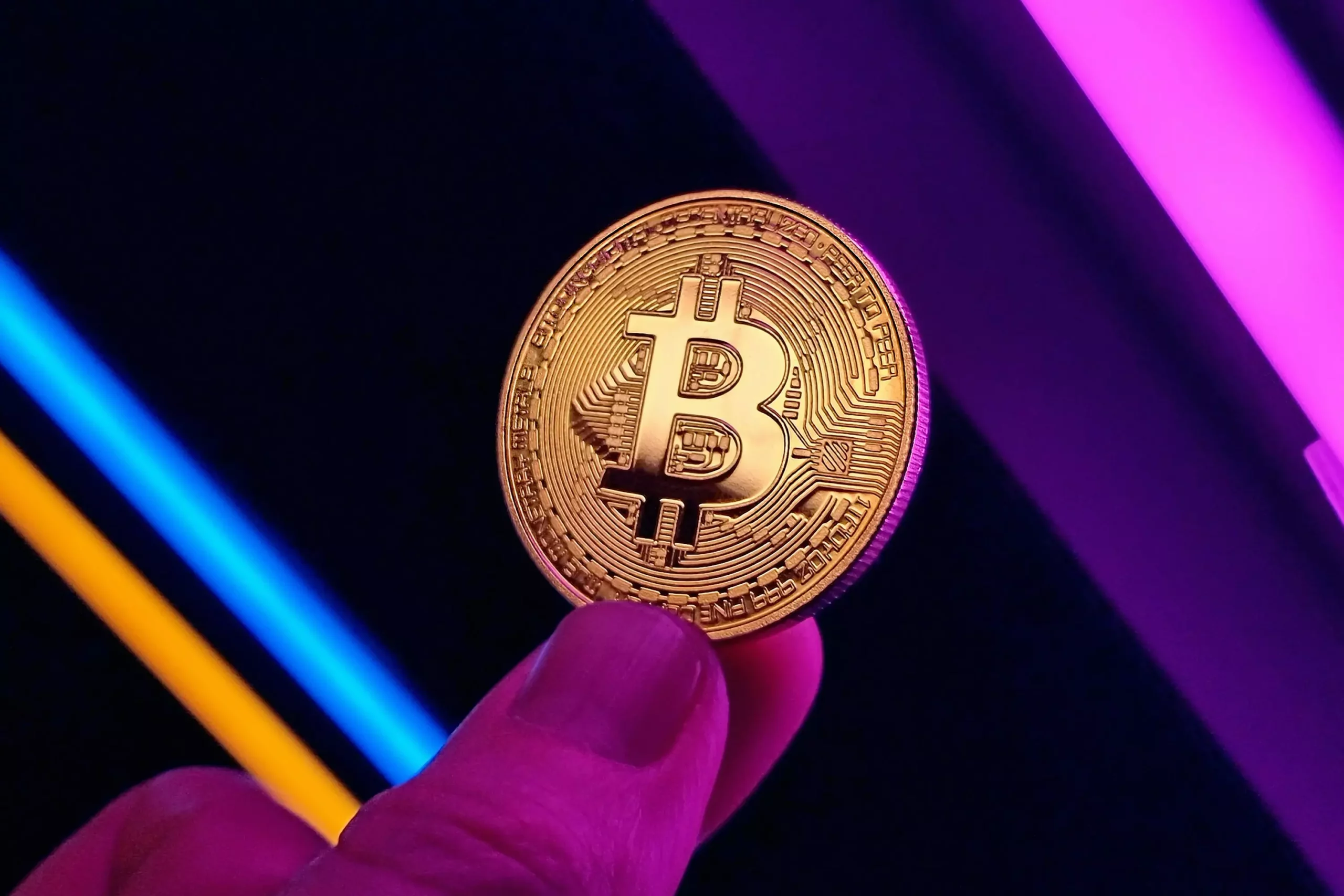In the often-hyped world of cryptocurrency, claims of government support are frequently regarded as a stabilizing force. However, recent developments reveal that such assurances may be little more than fragile constructs. The U.S. Treasury’s unequivocal stance against accumulating Bitcoin reserves through direct purchases underscores the precariousness of expecting sovereign backing to anchor the world’s most volatile asset. Instead of being a bastion of stability, government involvement now appears to be a source of additional turbulence, exposing Bitcoin as fundamentally susceptible to policy shifts and political whims.
This shift highlights a profound misconception: that government funds or confiscated assets can serve as consistent, predictable reserves to support Bitcoin’s valuation. The Treasury’s emphasis on using seized assets for reserve growth is a double-edged sword. Such sources are inherently unpredictable—they depend on law enforcement successes, legal processes, and political will, rather than strategic economic planning. Consequently, the notion of a sovereign entity reliably backing Bitcoin’s price is increasingly a mirage, a narrative driven more by aspiration than by tangible stability.
The Market’s Reaction: A Wake-up Call or a Caustic Shock?
The immediate market response to the Treasury’s declaration was sharp and unforgiving. Bitcoin, which had previously surged close to $124,120, reversed course and collapsed to roughly $118,550 within hours. This volatility was not just a minor fluctuation but a stark reminder of how sensitive the crypto market remains to institutional signals—particularly those originating from government entities.
The forced liquidations that occurred during the sell-off, totaling nearly $450 million, reflect a fragile ecosystem primed for rapid disintegration. Traders, who had previously priced in potential government buybacks as a fundamental pillar of stability, were swiftly disillusioned. The sudden absence of a predictable, supportive buyer created a vacuum—one easily exploited by short-term traders and algorithms—amplifying the fluctuations and eroding confidence in the asset’s supposed safety net.
This episode exposes a broader truth: Bitcoin’s resilience is an illusion if markets rely excessively on institutional guarantees that can vanish overnight. The market’s volatility, instead of being a mere consequence of investors’ speculative nature, is increasingly driven by the perceived stability—or instability—of external actors, notably governments. When those actors pull back, the illusion shatters, leaving investors exposed to harsh losses.
The Fallacy of Sovereign Digital Asset Strategies
The narrative of a sovereign-managed Bitcoin reserve is appealing in theory—a way to legitimize the cryptocurrency in the eyes of traditional financial institutions and policymakers. Yet, in practice, it reveals the fundamental mismatch between the decentralized ideals of Bitcoin and the centralized control of government policies.
The Treasury’s admission that confiscated assets will be the primary source of reserve growth underscores the opportunistic nature of state engagement with cryptocurrencies. Rather than establishing a strategic, transparent acquisition plan, authorities are leaning on law enforcement successes. This approach introduces a host of risks: unpredictability, potential for politicization, and a disconnect from market fundamentals.
Such a strategy may superficially boost confidence in the short term but ultimately undermines Bitcoin’s core value proposition—the trustless, decentralized ownership model. By tying Bitcoin’s fate to law enforcement seizures and confiscations, governments inadvertently inject unpredictability into an already volatile asset, further complicating its valuation.
The Political and Economic Context: A Catalyst for Uncertainty
The timing of the Treasury’s announcement coincides with broader economic signals: rising inflation rates, increased tariff revenues, and an uncertain fiscal outlook. These macroeconomic factors form a complex backdrop where government actions in the crypto sphere appear less as strategic initiatives and more as reactive measures.
The projection of soaring tariff revenues—expected to surpass previous estimates—serves as a reminder that fiscal policies are driven by short-term revenue needs rather than long-term monetary stability. Linking these revenues to asset strategies like Bitcoin reserves is a gamble at best, and a recipe for further instability at worst.
Moreover, the policy shift away from direct market purchases diminishes the likelihood of sustained institutional support. Without a predictable buyer, Bitcoin’s price becomes more volatile, susceptible to panic, and vulnerable to sudden corrections. This environment challenges the narrative of Bitcoin as a store of value—if its backing hinges on uncertain law enforcement asset recoveries, then stability remains an elusive goal.
Reevaluating the Promise and Reality of Government Involvement
The recent developments serve as a cautionary tale against overestimating the role of government in stabilizing cryptocurrencies. While institutional support can lend credibility, it cannot substitute for the market’s inherent demand dynamics. The Treasury’s stance reveals a fundamental truth: Bitcoin’s future as a resilient asset depends on its decentralization and the faith of a broad, diverse investor base—not on the whims of political agencies or confiscated assets.
As a center-right observer, I argue that government intervention should be minimal and carefully calibrated. Overreach risksocratizing the market and eroding its decentralized fabric. Instead, fostering a regulatory environment that protects investors without dictating specific support mechanisms is more conducive to long-term stability. When the government signals a reluctance or inability to act as a stable custodian of Bitcoin reserves, it reaffirms what many skeptical observers have long suspected: that true stability must come from the market itself, not from uncertain state-backed schemes.

